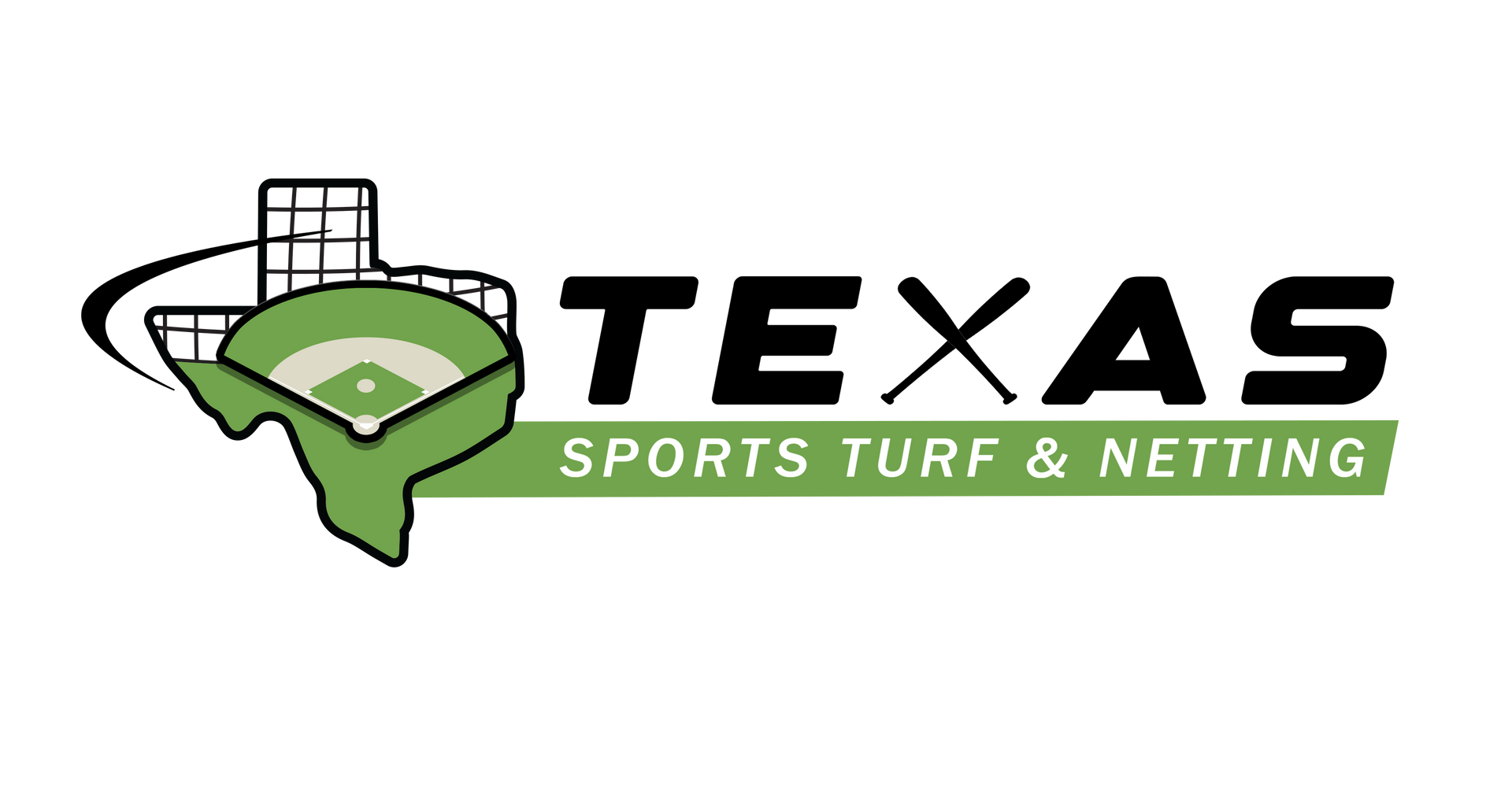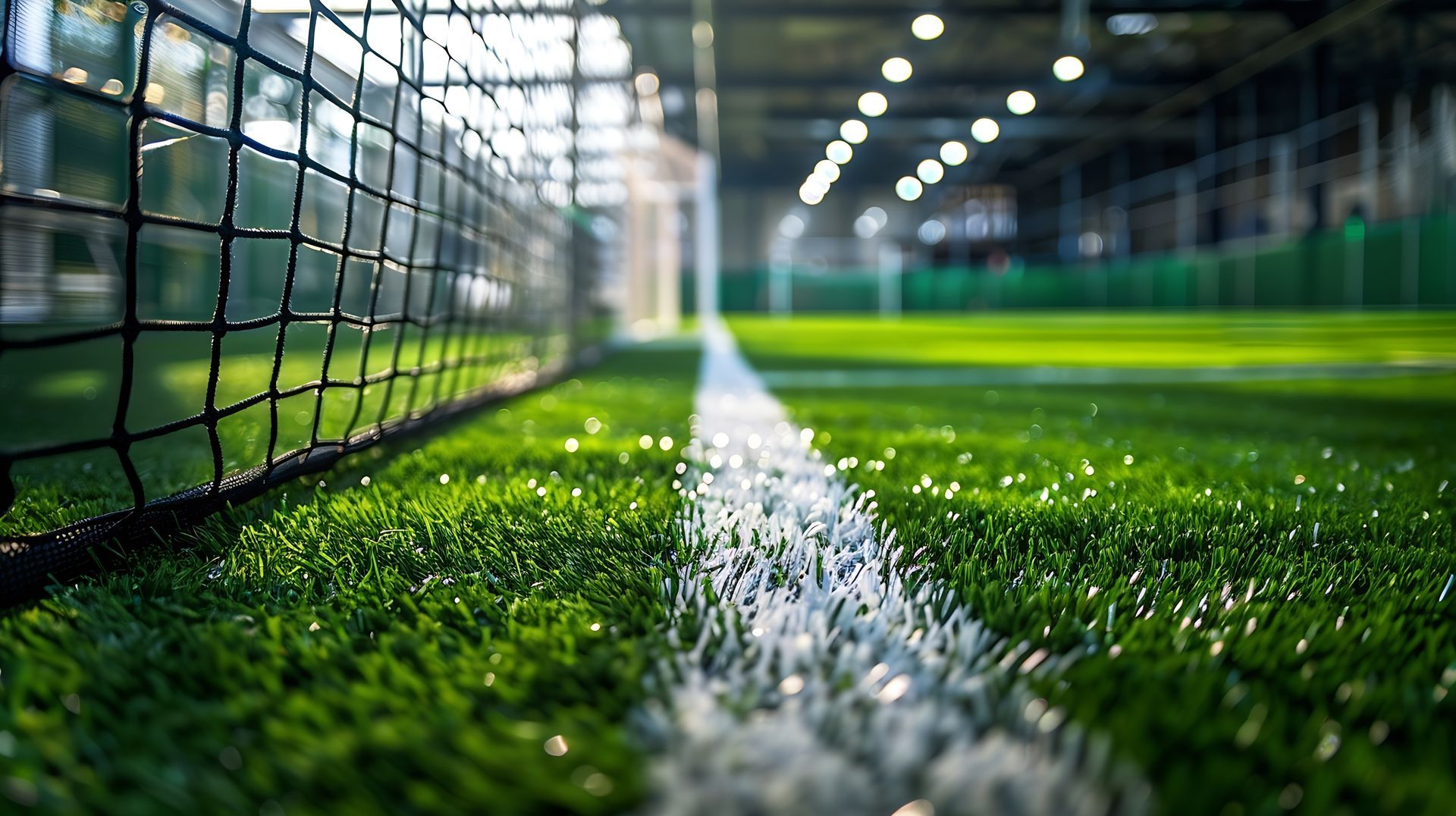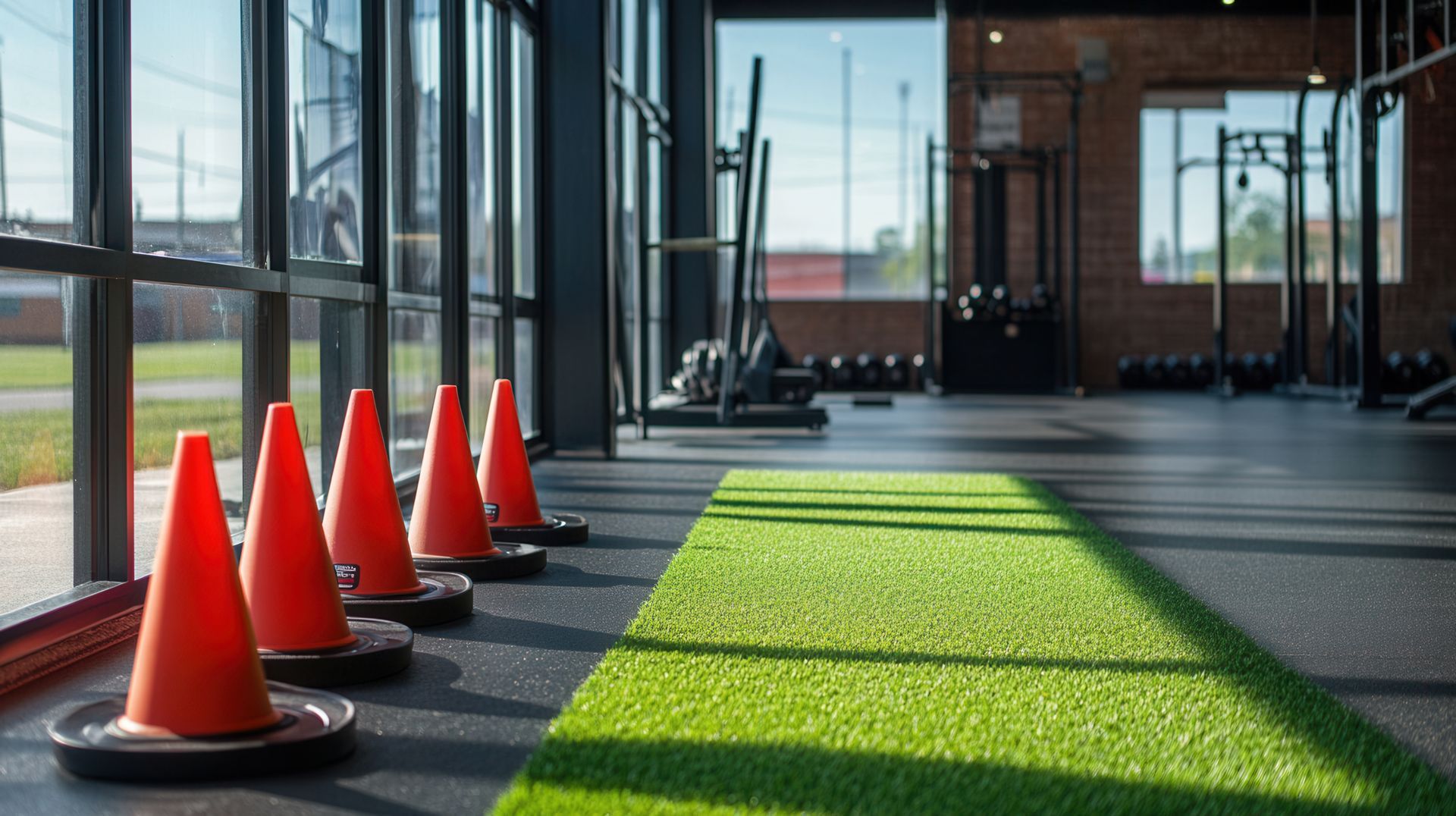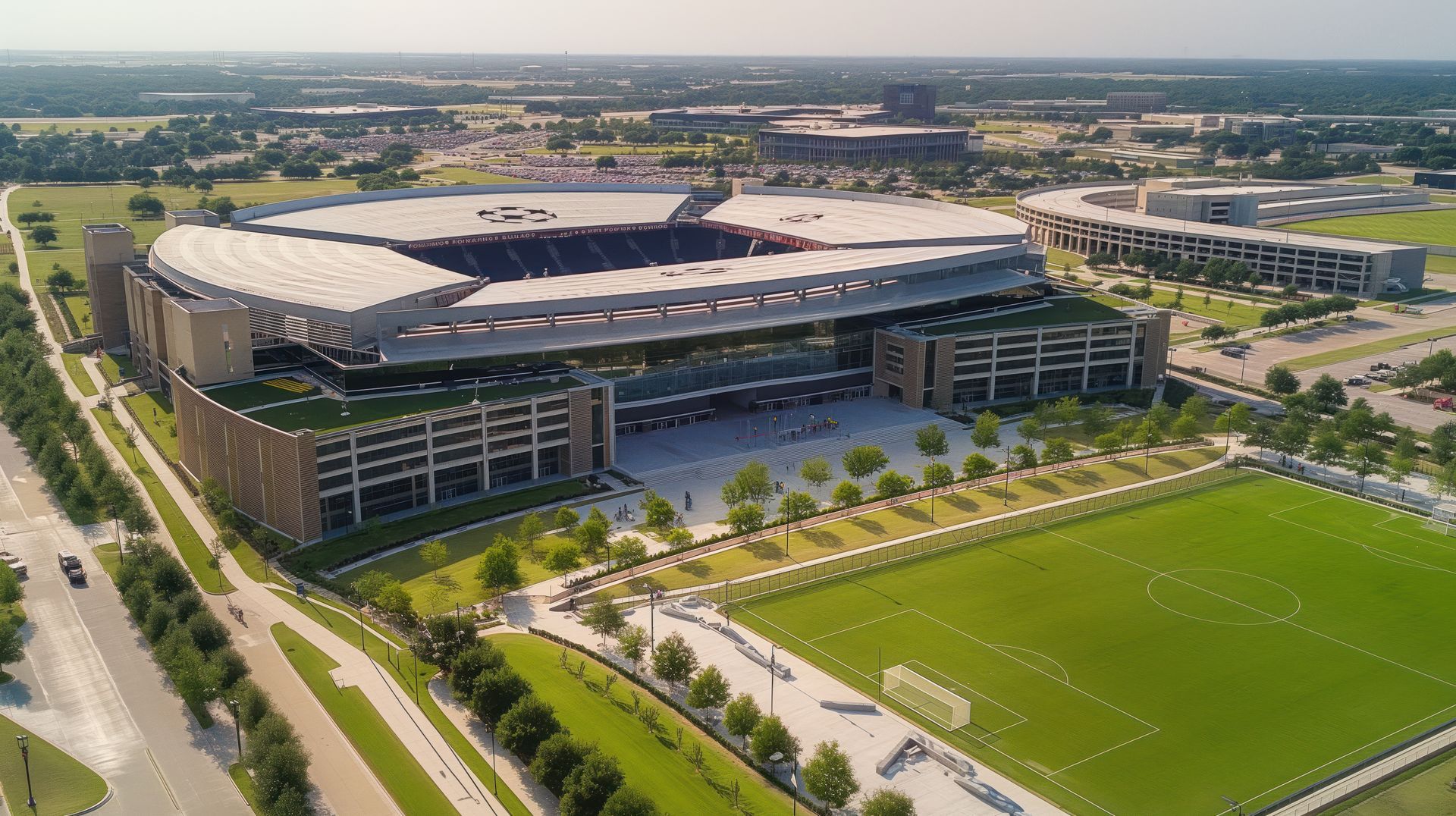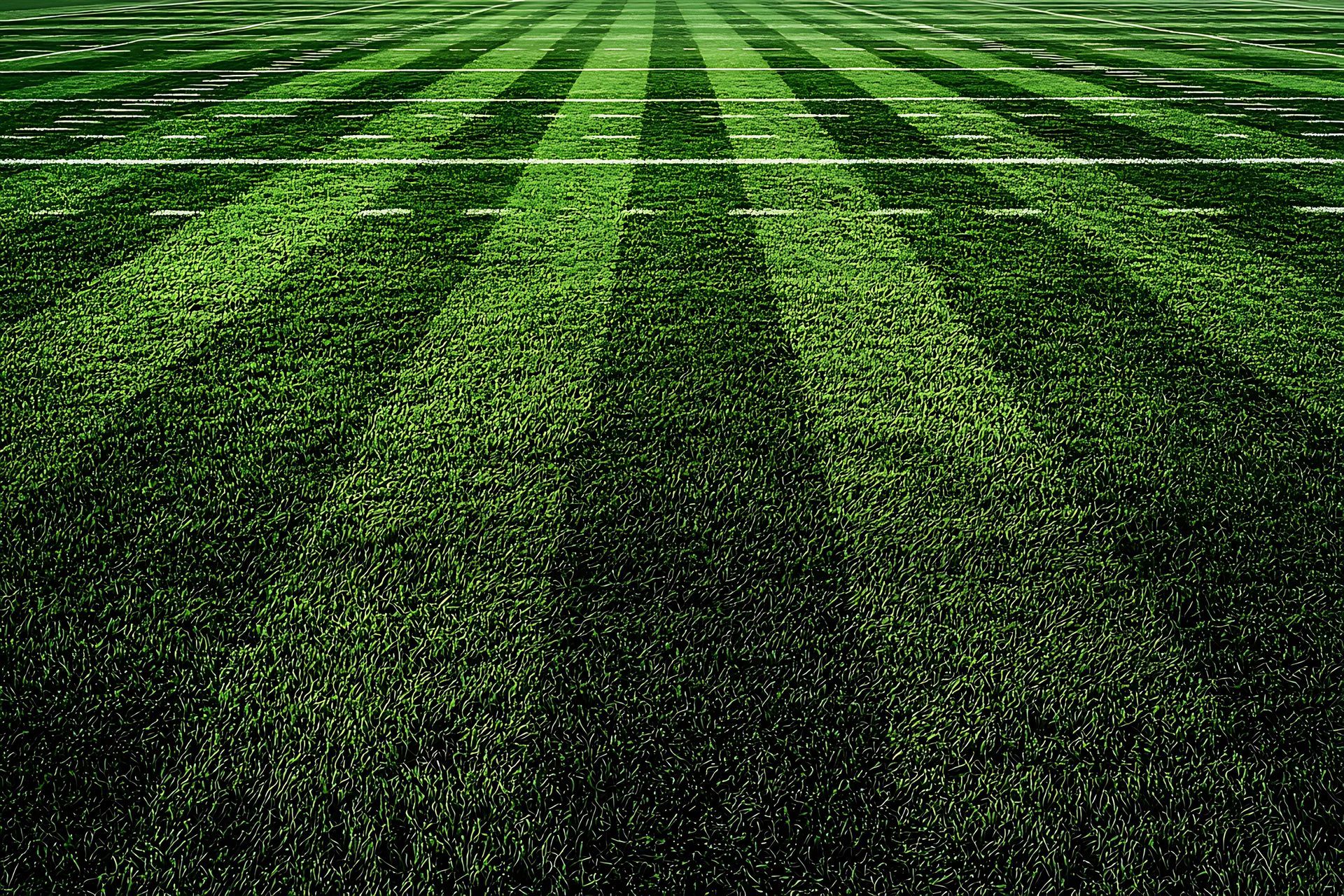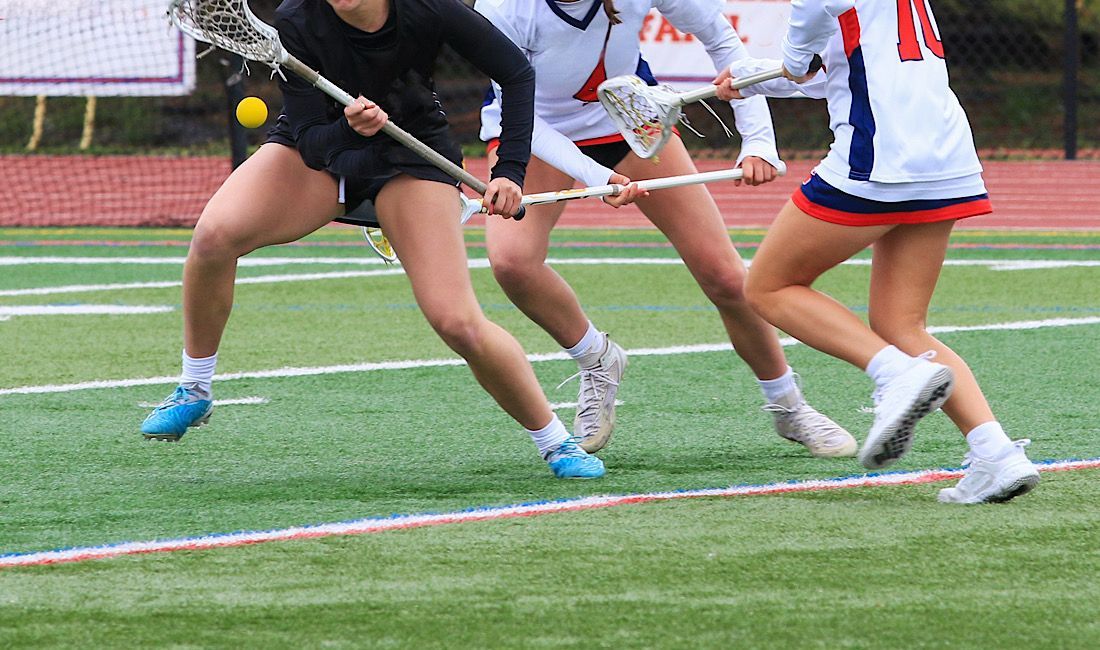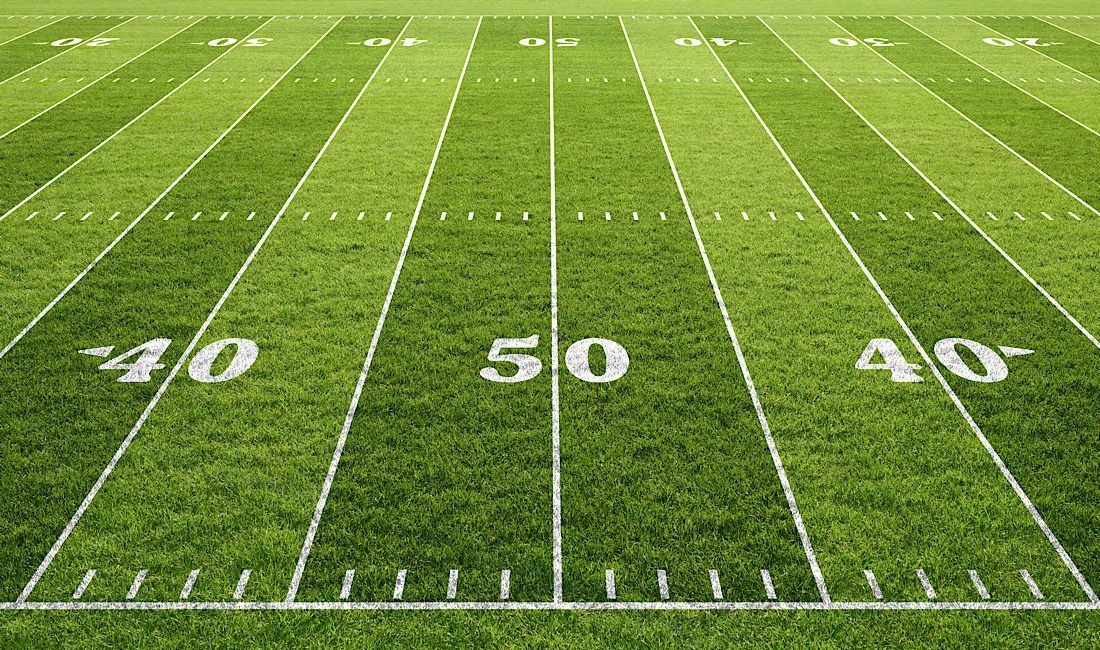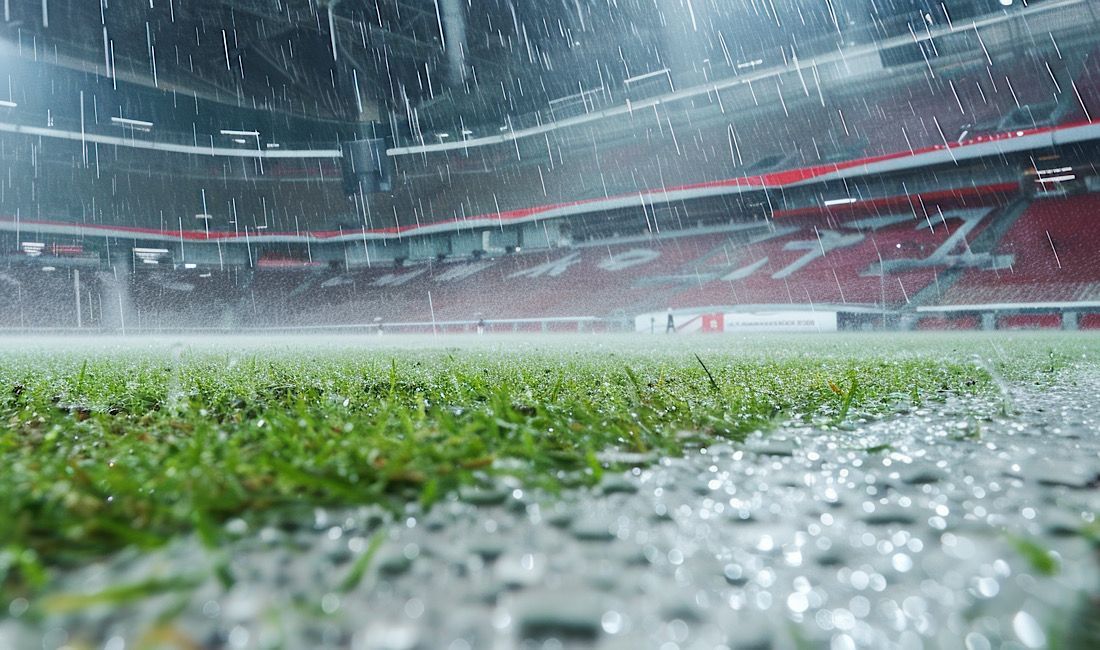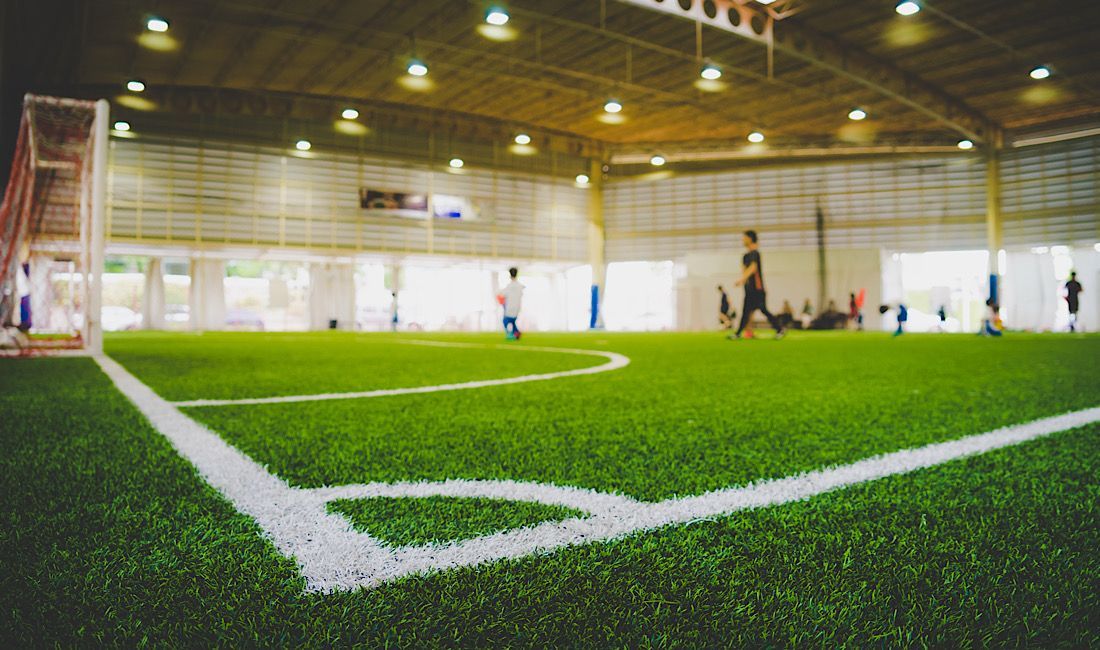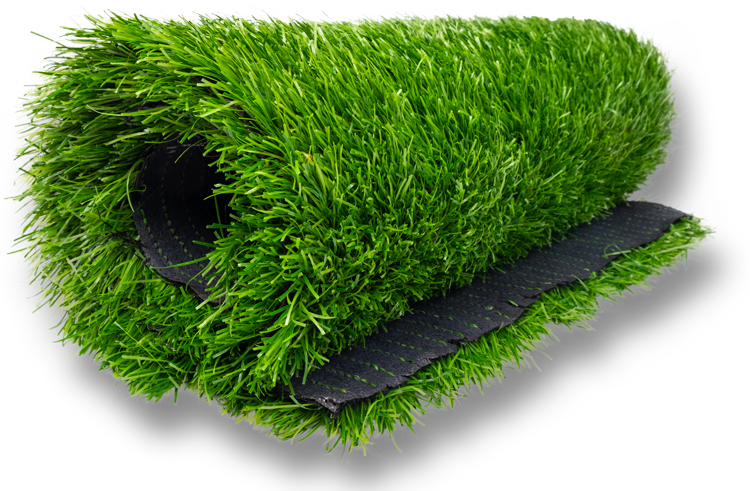Why More Texas Schools Are Upgrading to Synthetic Turf for Football Season
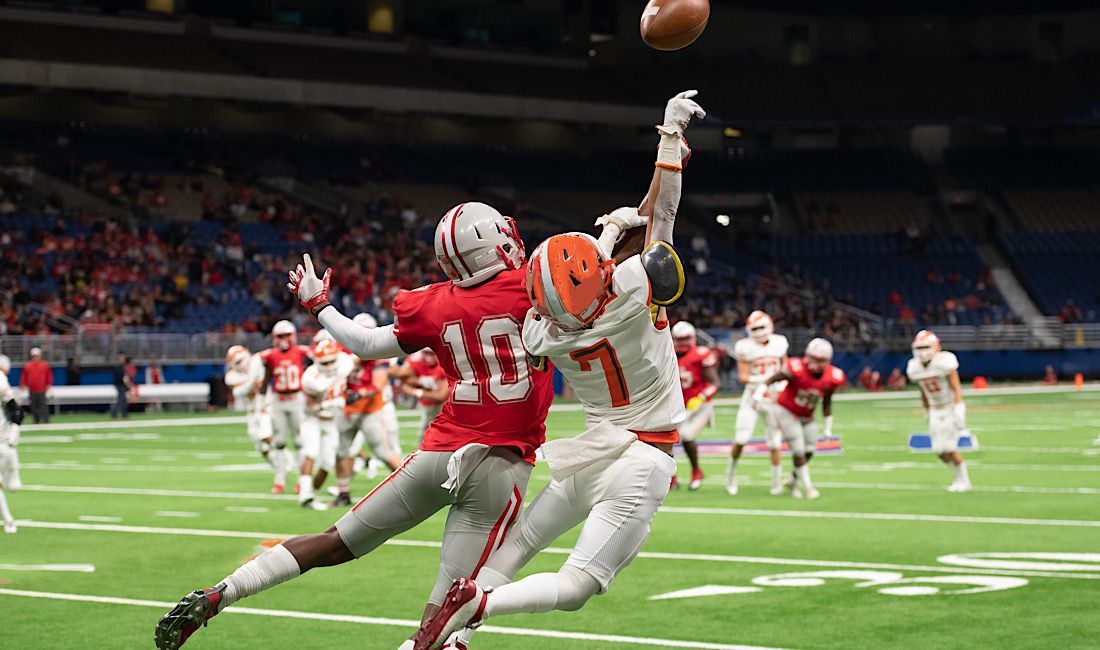
Texas Sports Turf & Netting has seen a notable uptick in demand for synthetic turf installations across school districts throughout the Lone Star State. With football culture deeply embedded in Texas high schools, many athletic departments are now opting for modern synthetic turf systems that offer durability, performance, and long-term financial savings. But what’s driving this rapid transition from traditional grass to synthetic solutions, especially in the competitive arena of high school football?
This article explores the top reasons why more Texas schools are choosing to install synthetic turf before football season and how districts are benefiting from this strategic upgrade. Whether you're an athletic director evaluating field costs or a school board member weighing infrastructure investments, understanding the full scope of synthetic turf advantages is essential to making informed decisions.
Cost Efficiency: Long-Term ROI That Benefits School Budgets
The biggest driver for synthetic turf adoption in Texas schools is cost savings. While the initial investment for a synthetic field installation may range from $800,000 to over $1 million, the return on investment becomes evident within just a few seasons. Traditional natural grass fields require frequent mowing, irrigation, reseeding, fertilization, and pest control. These maintenance costs add up quickly.
According to a study by the Synthetic Turf Council, natural grass fields cost school districts approximately $35,000 to $55,000 per year in maintenance. In contrast, synthetic turf requires minimal upkeep — primarily brushing, infill top-ups, and occasional sanitization — costing around $5,000 to $7,000 annually.
Key ROI benefits include:
- Water savings: In a state like Texas, where drought restrictions are common, eliminating irrigation significantly reduces utility costs. A single natural field may require over 1 million gallons of water per year.
- Reduced labor costs: Groundskeepers no longer need to perform constant field repairs and mowing, freeing them for other responsibilities.
- No downtime between games: Turf doesn't need time to recover after heavy use, increasing field availability for practices, games, and community events.
Texas Sports Turf & Netting has observed that schools recoup their investment within 7–8 years on average, with some reaching breakeven faster due to increased rental opportunities for local leagues and regional tournaments.
Game-Day Reliability: All-Weather Playability and Fewer Cancellations
One of the most tangible benefits of synthetic turf is its performance during extreme weather — a critical factor in Texas where weather patterns can shift from blazing heat to torrential rains in a matter of hours. Traditional grass fields, especially those not equipped with high-end drainage systems, become unusable after even moderate rainfall.
Synthetic turf fields are engineered with advanced drainage capabilities, allowing for quick water dispersion and immediate playability. This means fewer rainouts and rescheduled games, which is a logistical win for coaches, parents, and student-athletes.
Athletic directors from districts like Plano ISD and Cypress-Fairbanks ISD have reported a 90% reduction in weather-related game cancellations since installing turf fields. “We don’t need to call off games or shift them around the district anymore. Turf has given us consistency and peace of mind,” noted one director in a 2024 district operations report.
The field's condition remains stable even under high usage. Whether it's back-to-back games or daily practices, synthetic turf maintains its integrity, eliminating the need for turf recovery time or turf rotation strategies common with grass fields.
Athlete Safety and Performance: Engineered for Consistency
Texas Sports Turf & Netting designs and installs synthetic turf systems with athlete safety as a central priority. High school football demands consistent traction, controlled surface interaction, and shock absorption — all features integrated into modern synthetic turf products.
Here’s how synthetic turf supports athletic safety:
- Uniform surface levels: Grass fields often develop divots and uneven patches, which increase the risk of ankle sprains or falls. Turf provides a level playing field across the entire surface.
- Shock pad systems: Many schools now opt for underlayment padding beneath the turf that reduces impact forces, lowering concussion risks during tackles.
- Consistent cleat grip: Players benefit from uniform traction regardless of moisture, reducing slip-related injuries.
According to the National Center for Catastrophic Sport Injury Research (NCCSIR), inconsistent field surfaces contribute to 15–20% of non-contact football injuries. Synthetic turf helps address this challenge by delivering engineered consistency, even during multi-sport or year-round use.
Synthetic fields are designed to meet safety standards set by organizations such as ASTM International and FIFA Quality Programme for Football Turf, helping schools stay compliant with state and UIL safety requirements.
Multi-Purpose Use: Expanding Facility Capabilities Year-Round
Natural grass fields require rest periods and downtime, limiting their availability for non-varsity events or community usage. In contrast, synthetic turf fields allow districts to open their athletic facilities for:
- Middle school and junior varsity football
- Marching band rehearsals
- Physical education classes
- Soccer, lacrosse, and other sports
- Community leagues and fundraisers
By maximizing field usage, schools can enhance student engagement while also generating additional revenue through rentals. This expanded utility often becomes a major justification point during school board budget discussions.
In a 2023 Texas High School Coaches Association (THSCA) survey, 76% of responding athletic directors with synthetic turf fields reported increased facility use outside of varsity football. One school in Round Rock ISD increased field occupancy by 40% within the first year of upgrading.
With the support of Texas Sports Turf & Netting’s expert installations, school districts can design fields with permanent inlays and multi-color zone markings, allowing seamless transitions between sports without repainting or layout changes.
The Growing Trend Across Texas Districts
As Texas communities continue to prioritize athletic excellence, school administrators are increasingly turning to synthetic turf to modernize their facilities. The trend is not limited to urban districts; rural and suburban schools are also realizing that turf levels the playing field in terms of competitiveness, safety, and operational reliability.
Districts across Houston, Dallas, Austin, and San Antonio are now budgeting for turf installations in capital improvement plans or bond packages. Additionally, grant funding from organizations such as the NFL Foundation and local sports development funds are helping schools cover partial costs.
Beyond football season, the return on synthetic turf is visible across education, athletics, and community engagement. For districts seeking a resilient, cost-effective, and performance-driven solution, synthetic turf — installed by trusted professionals like Texas Sports Turf & Netting — delivers lasting value.
If your school or district is planning facility upgrades, now is the time to evaluate how synthetic turf could be the cornerstone of your athletic infrastructure strategy. From installation to maintenance planning, Texas Sports Turf & Netting offers trusted expertise tailored to the unique needs of Texas schools.
Contact Texas Sports Turf & Netting today at 281-876-7958 to discuss your project and get expert guidance tailored to your district’s needs.
